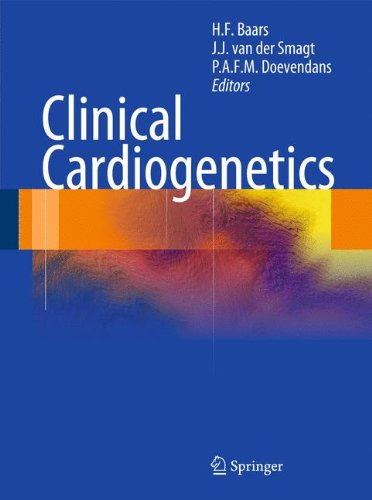

Most ebook files are in PDF format, so you can easily read them using various software such as Foxit Reader or directly on the Google Chrome browser.
Some ebook files are released by publishers in other formats such as .awz, .mobi, .epub, .fb2, etc. You may need to install specific software to read these formats on mobile/PC, such as Calibre.
Please read the tutorial at this link: https://ebookbell.com/faq
We offer FREE conversion to the popular formats you request; however, this may take some time. Therefore, right after payment, please email us, and we will try to provide the service as quickly as possible.
For some exceptional file formats or broken links (if any), please refrain from opening any disputes. Instead, email us first, and we will try to assist within a maximum of 6 hours.
EbookBell Team

4.0
56 reviewsClinics for cardiogenetic disorders have been established in many academic teaching hospitals in Europe. In these clinics, cardiologists, clinical and molecular geneticists, genetic nurses, and social workers closely cooperate to provide optimal care for individuals with cardiac disease of probable genetic origin and their family members. However, the prevalence of genetic cardiomyopathies and primary electrical heart diseases is sufficiently high, that it is neither desirable nor possible that the care for this group of patients and their relatives remains solely restricted to a small number of academic centers. Therefore basic knowledge on the genetic aspects of these types of disorders and on what to do with as yet asymptomatic at-risk family members should be considered to be a prerequisite for all practising cardiologists. Many cardiologists have not been specifically trained in genetics, let alone in explaining genetics to their patients. Clinical Cardiogenetics compiles the massive amount of information available in a single easy to read textbook. It does not require prior expert genetic knowledge and provides a practical clinical primer for cardiologists and other physicians involved in the management of these patients. With the continuing increase in genetic knowledge, and the expanding possibilities to prevent fatal arrhythmias in those individuals at high risk, a steady increase in questions regarding genetics from patients and their relatives in the years to come should be expected. This comprehensive textbook is a valuable tool in dealing with such questions.